Who are the Seljuks? Well they are the descendants of modern day Turks. They brought the Turkish language to Anatolia. They came from their homeland near the Aral Sea into Khorasan and then into the Iranian mainland where they would become a Persianate society. These “Great Seljuks” of Persian subsequently (by 1100 A.D.) conquered most of Anatolia making Iconium (today “Konya”) their capital. Turkmen troops led the Seljuk expansion into Anatolia bringing the Turkish language with them. The Seljuk empire united the splintered political landscape in the non-Arab eastern parts of the Muslim world. Eventually Seljuk empire would fall by 1300 A.D. and smaller Seljuk sultanate presided over Anatolia until the Ottoman takeover in the 15th century.
The Seljuk Empire in Anatolia left a splendid cultural heritage, including a variety of arts from (especially architecture and decorative arts) all across Anatolia. Architecture showed a different evolution process compared to those of other Muslim lands with very unique designs and design solutions. And the remarkable carpets of the Seljuks have strong central Asian influences with affinities with Mongol art and Turkman textiles.
Although the Seljuks are mostly remembered for their building activity, they did develop a flourishing program of decorative arts with a distinctive style. Seljuk arts display uniformity and show impressive innovation. The Seljuks of Anatolia continued the traditions of their predecessors, the Great Seljuks of Iran. The Seljuk realm also experienced an influx of many foreign artist fleeing the destruction in the east caused by the advancing Mongols. Many artist settled in Anatolian cities bringing their unique artistic traditions and talents. This only increased the vocabulary of the Seljuk mix. The Seljuk ruling and upper classes were also patrons of the arts. The remarkable decorative of arts from the known world were imported into the Seljuk empire. These wares certainly inspired local artists and artisans.
The Great Seljuks of Iran began Carpet weaving in the 11th century. Later, the Anatolian Seljuks are considered to have continued this tradition which they develop to an even higher level. Carpets are perhaps the most transportable cultural heritage. Through trade, they were introduced worldwide. And later during the ottoman empire carpet production became an activity of immense economic importance.
Seljuk Empire Carpets are composed mostly of tone-on-tone renditions of interlocking geometric designs in a repeating field contained by massive boarders. Often the borders have a Kufic calligraphy inspired motif in oversized splendor. The intrepid world traveler Marco Polo mentions the fine Carpets that he saw while traveling across Anatolia in 1272. He writes of the “beautiful rugs of Konya and Karaman”. These Seljuk carpets tend to be quite large and their subtle tone-on-tone designs and bold geometric repeating motifs were not seen in carpets that appeared later in Ottoman weavings. For this reason, some speculate that Seljuk carpets are highly influenced by the tribal weavings of Turkman people from Central Asia who helped to populate Anatolia however, this is just one of several possibilities.
Today there are less than 20 surviving Seljuk carpets and several other fragments. By good luck and fate many splendid Seljuk Carpets were preserved in remarkable condition in mosques. Because it was a tradition for religious pilgrims to offer carpets to mosques and other holy sites some carpets were preserved under multiple layers of donated carpets. This was especially true in Konya (the home of the famous mystical Sufi poet Rumi) at the Alleadin Mosque. In 1905 multiple Seljuk carpet fragments as well as several complete rugs were discovered under layers of newer carpets. These Seljuk carpets date to the late 13th century.
Today these fantastic carpets are located at the Museum of Turkish Arts in Istanbul, where they may be viewed on permanent display by the casual tourist. I highly recommend anybody to go visit these carpets. To me it is a ritual that I always undertake on my trips to Istanbul. Being in the presence of these majestic Carpets is like being in a sacred cathedral. These carpets are both incredibly bold and also wonderfully subtle and soft. They are somehow both tribal and urban; bold and refined. These are among my very favorite carpets in the world. Here are some pictures to share with you. And check out a brief video here. Thanks! Chris at Nomad Rugs
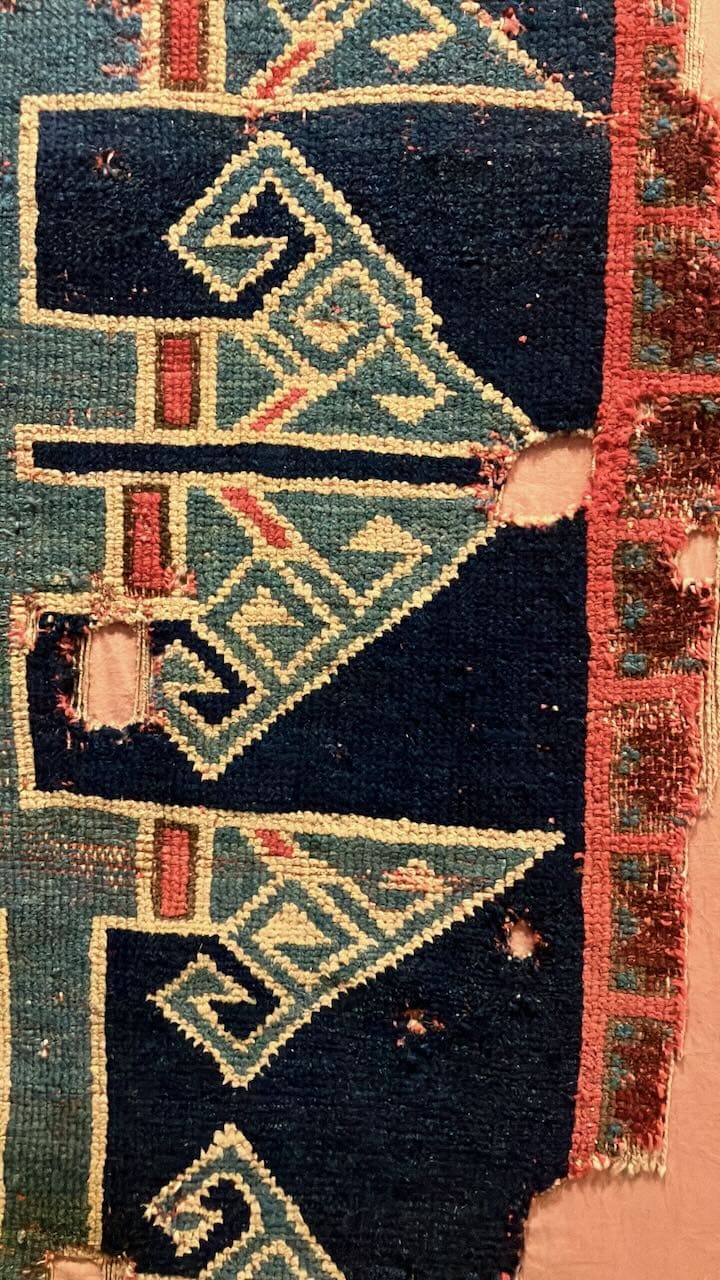

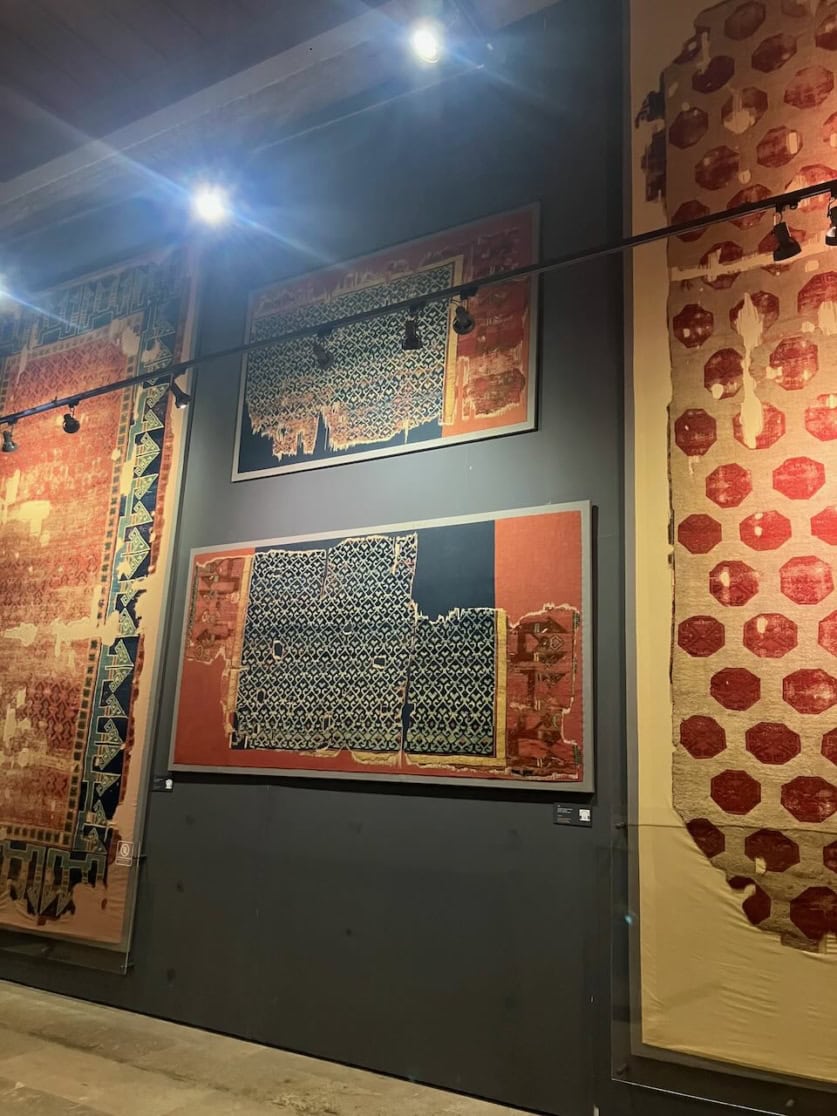
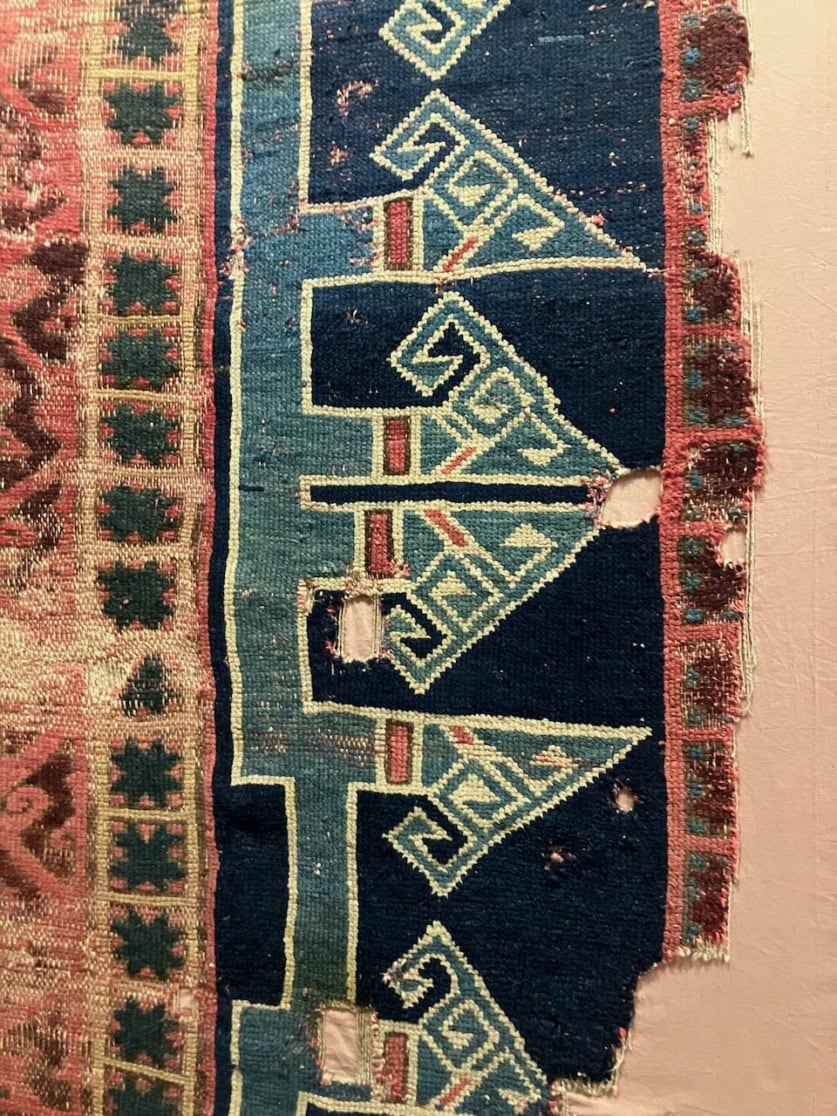
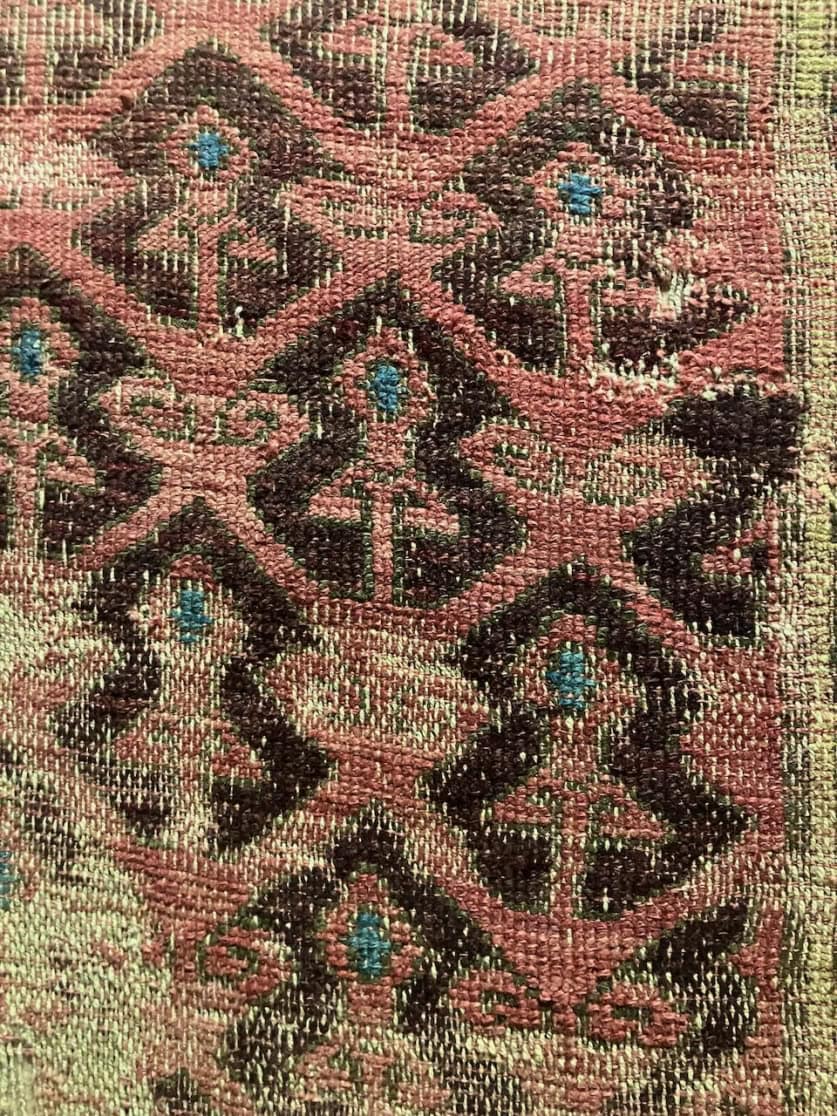
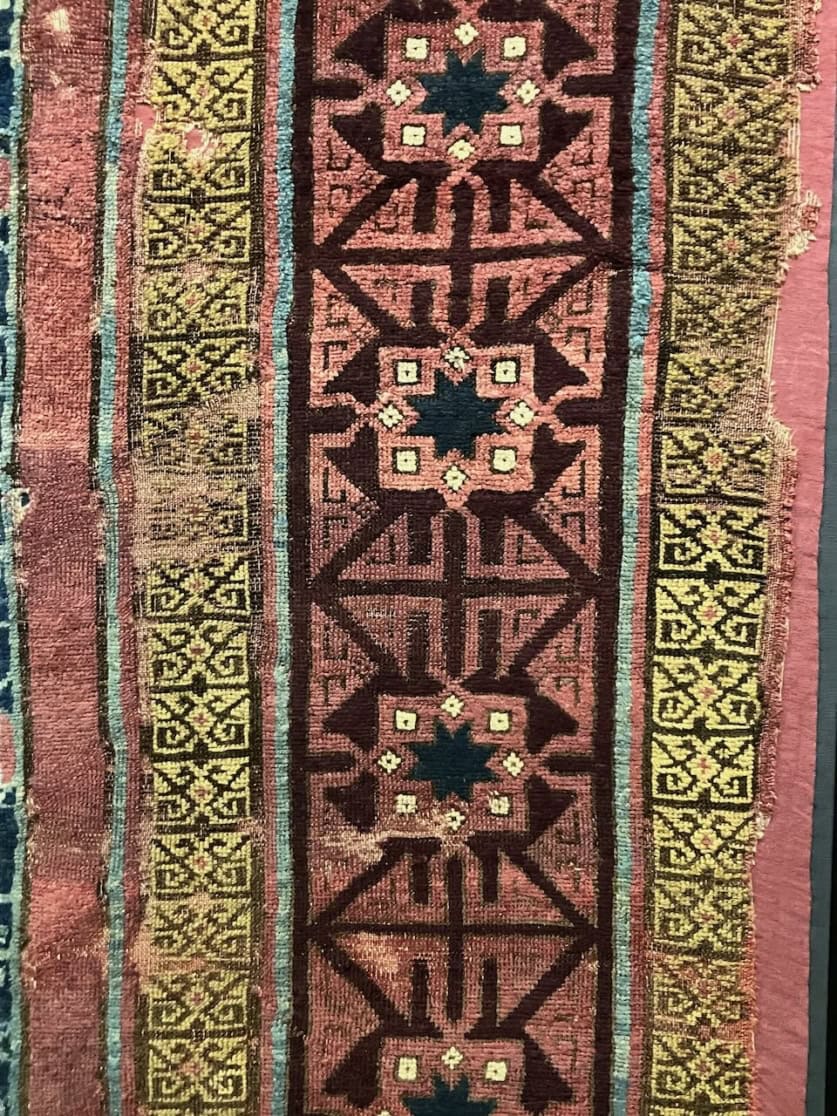
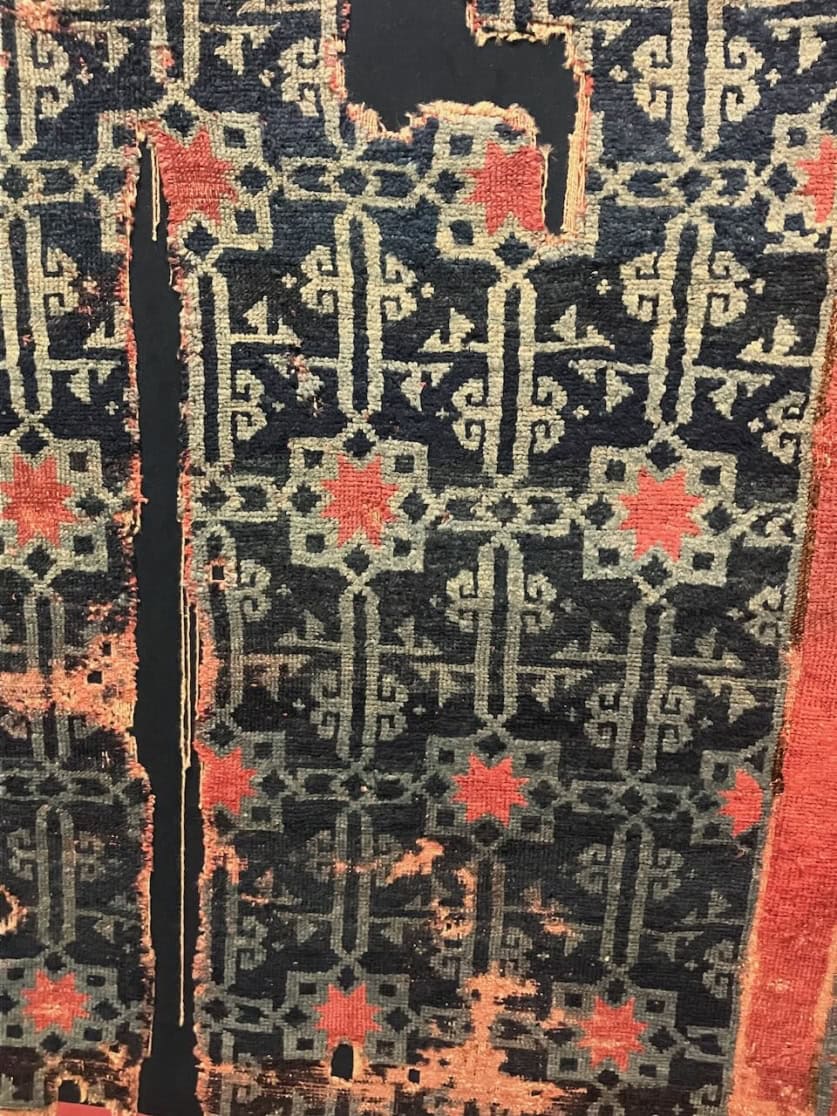
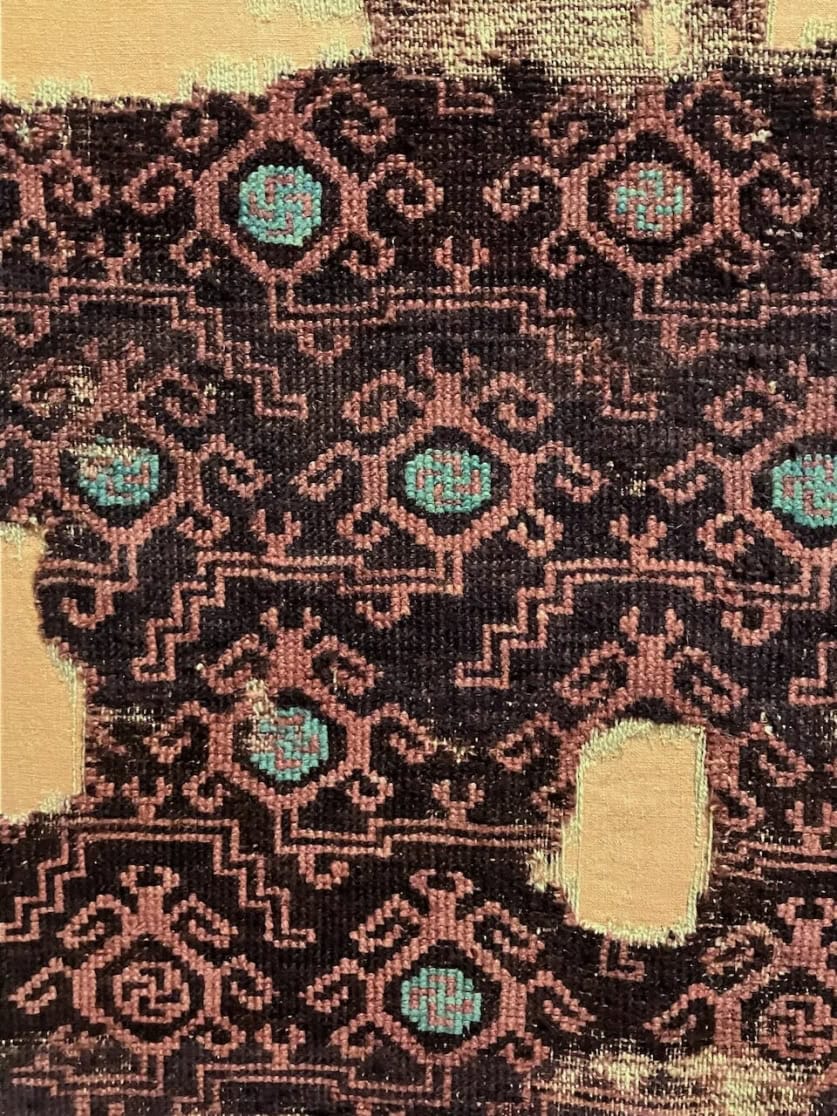
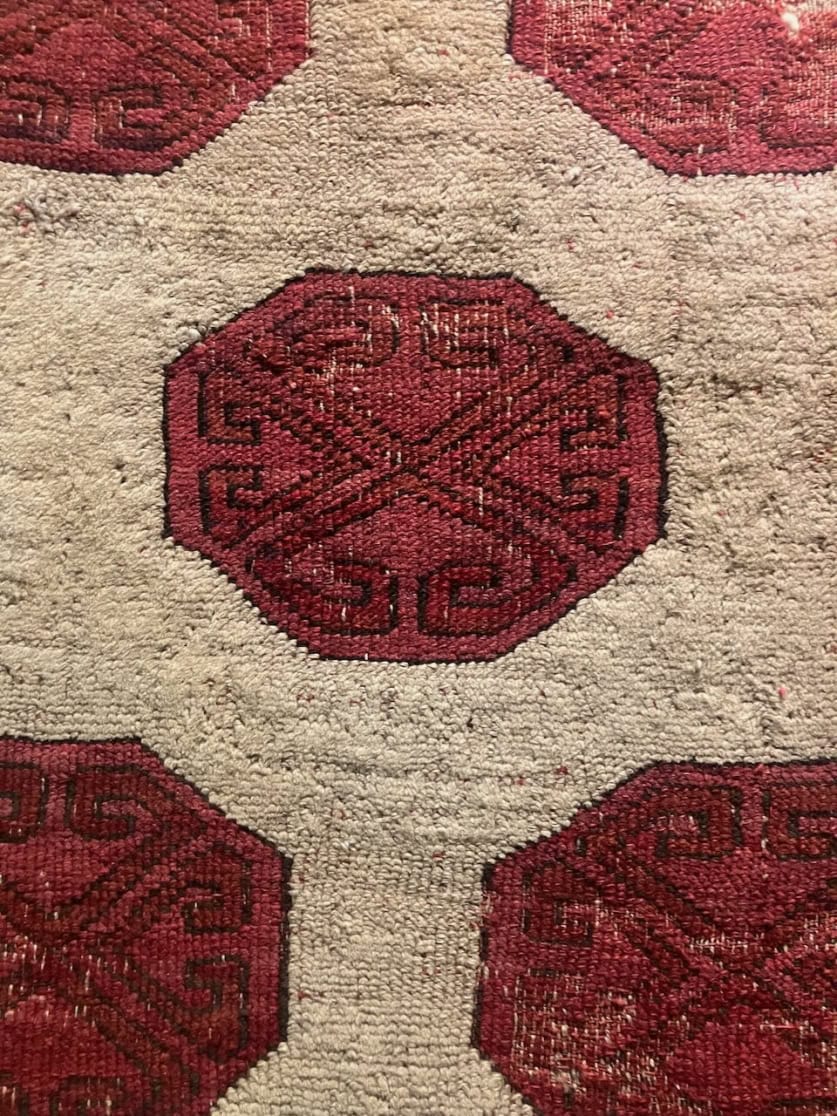
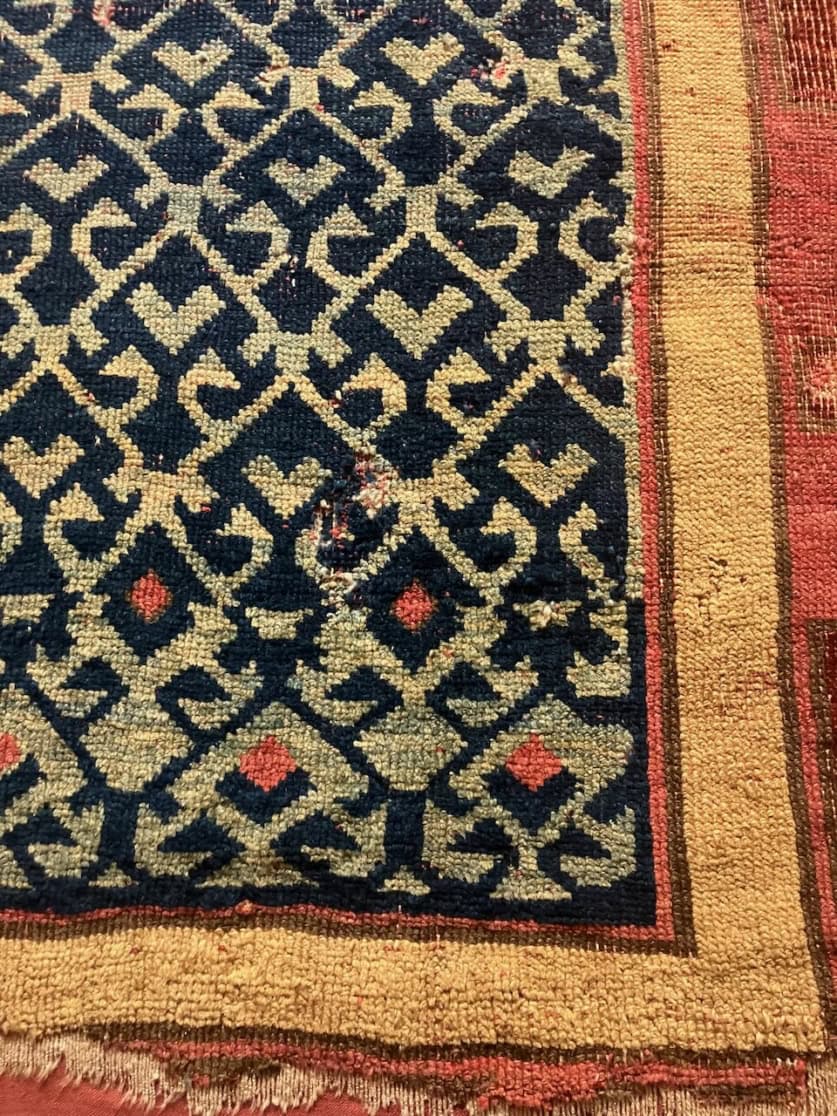
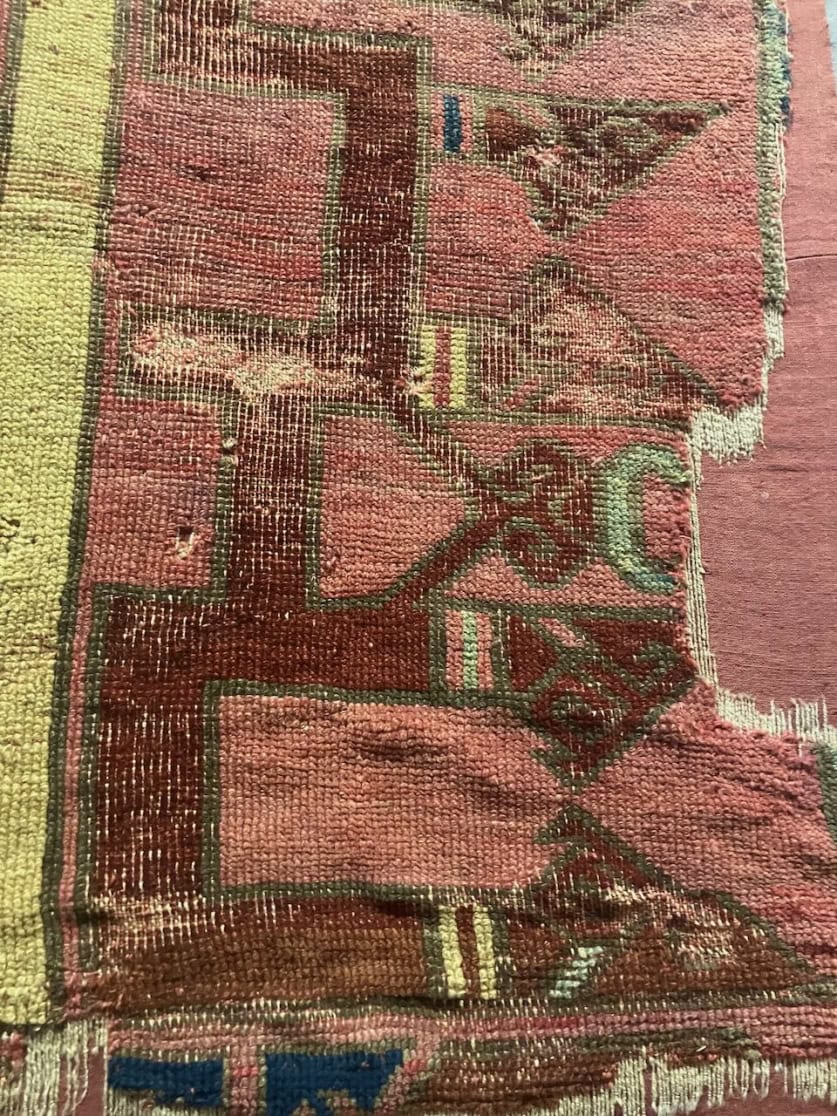
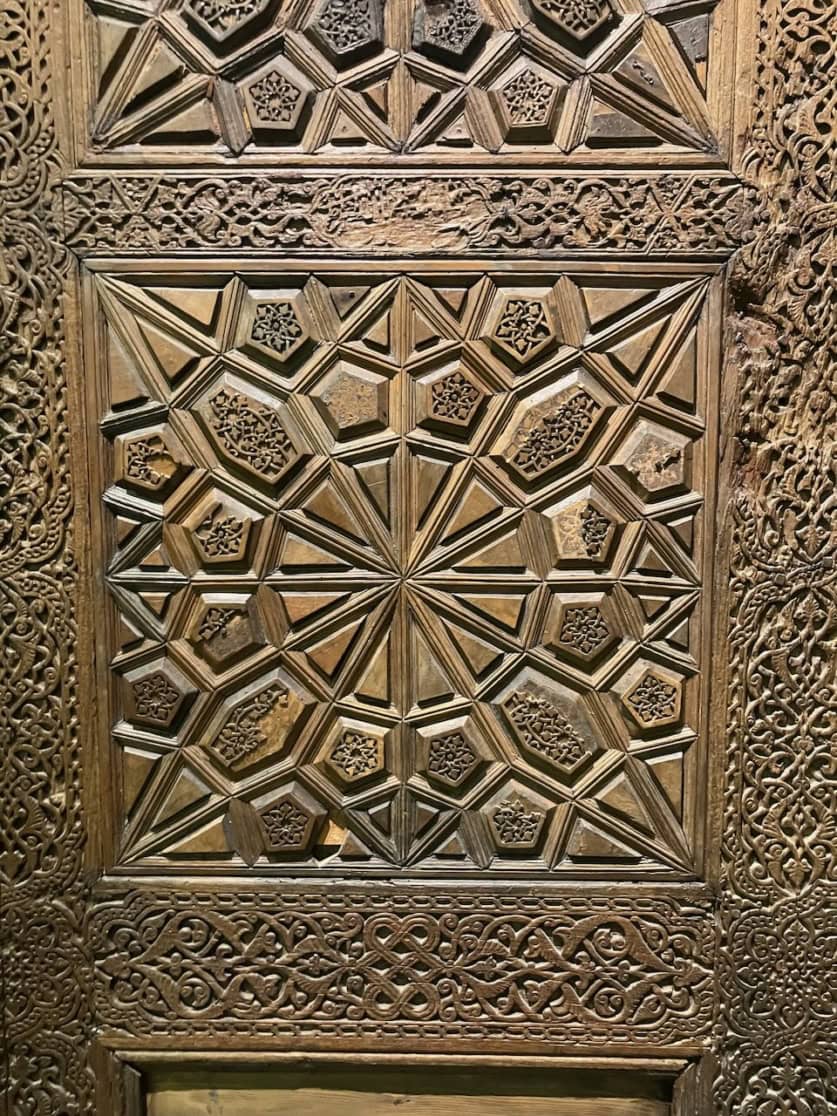
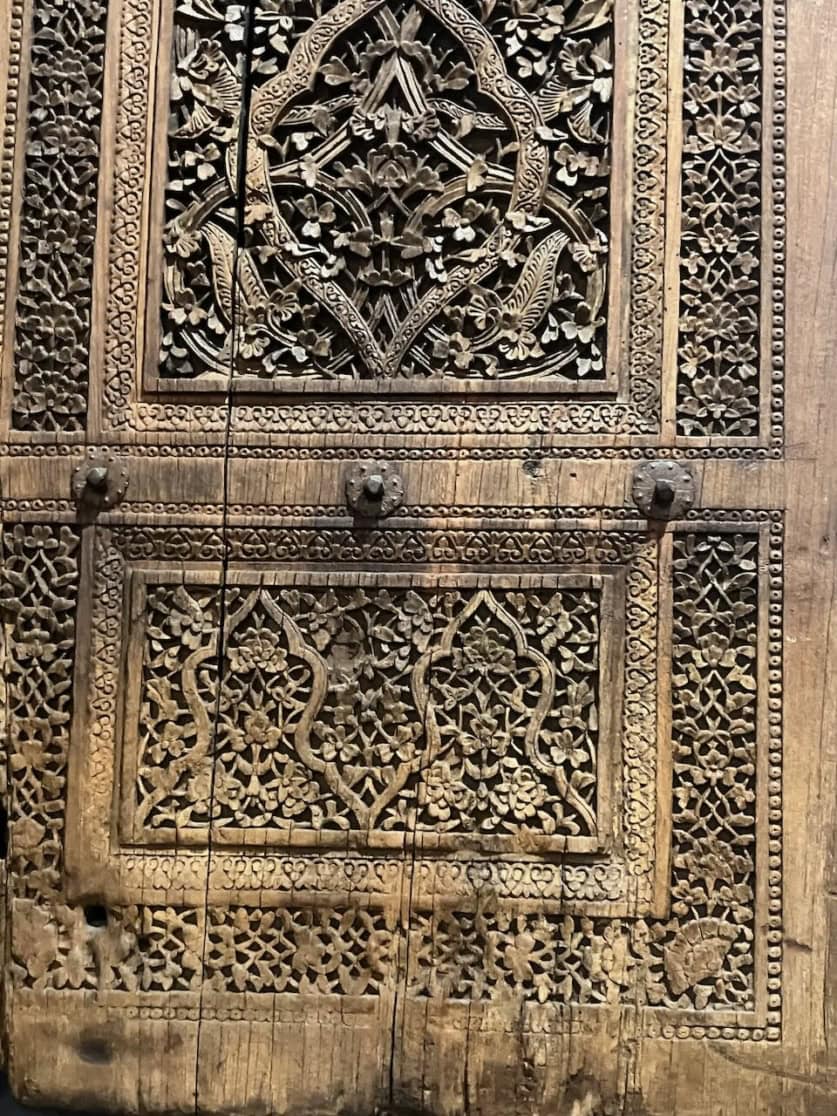
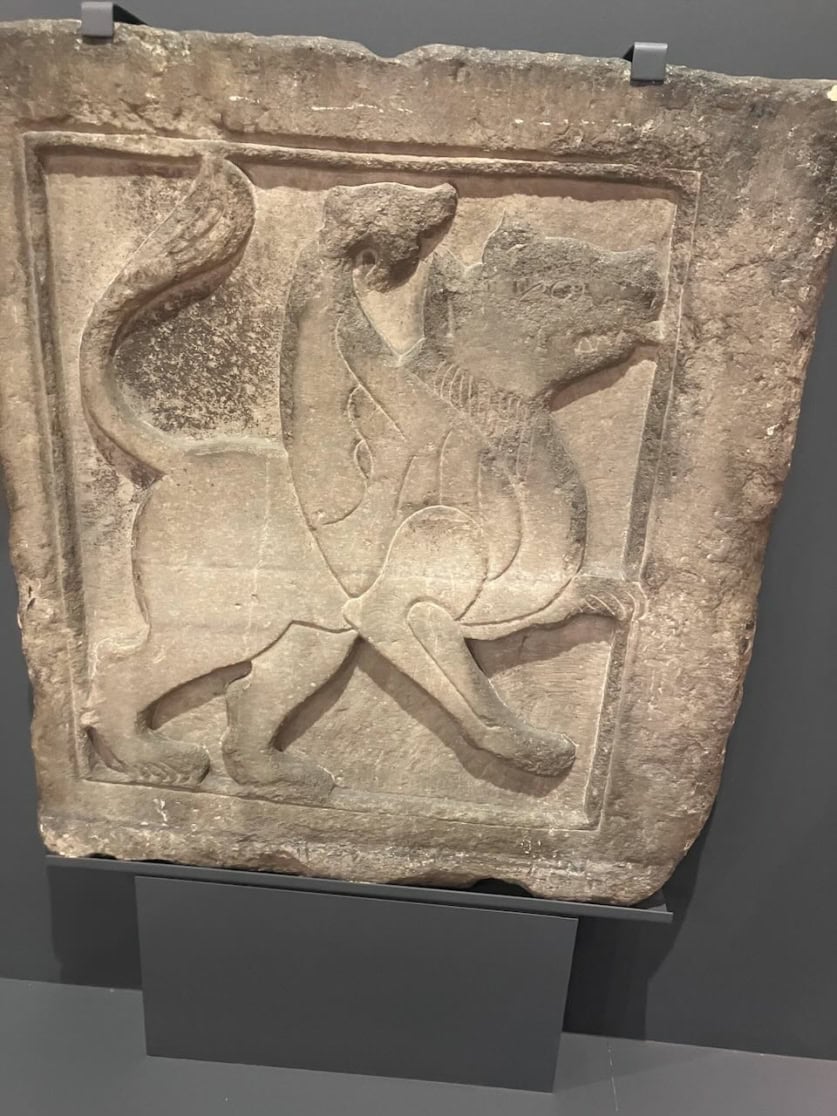
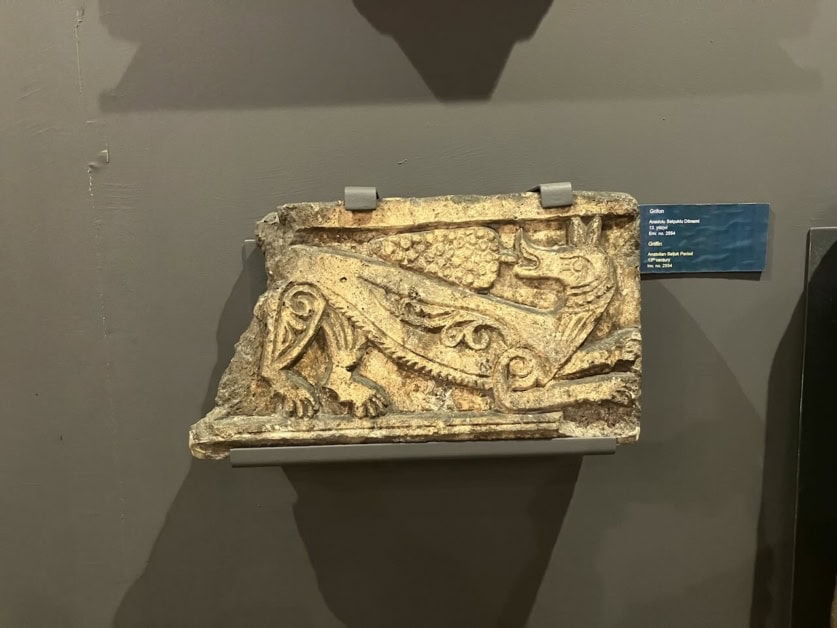
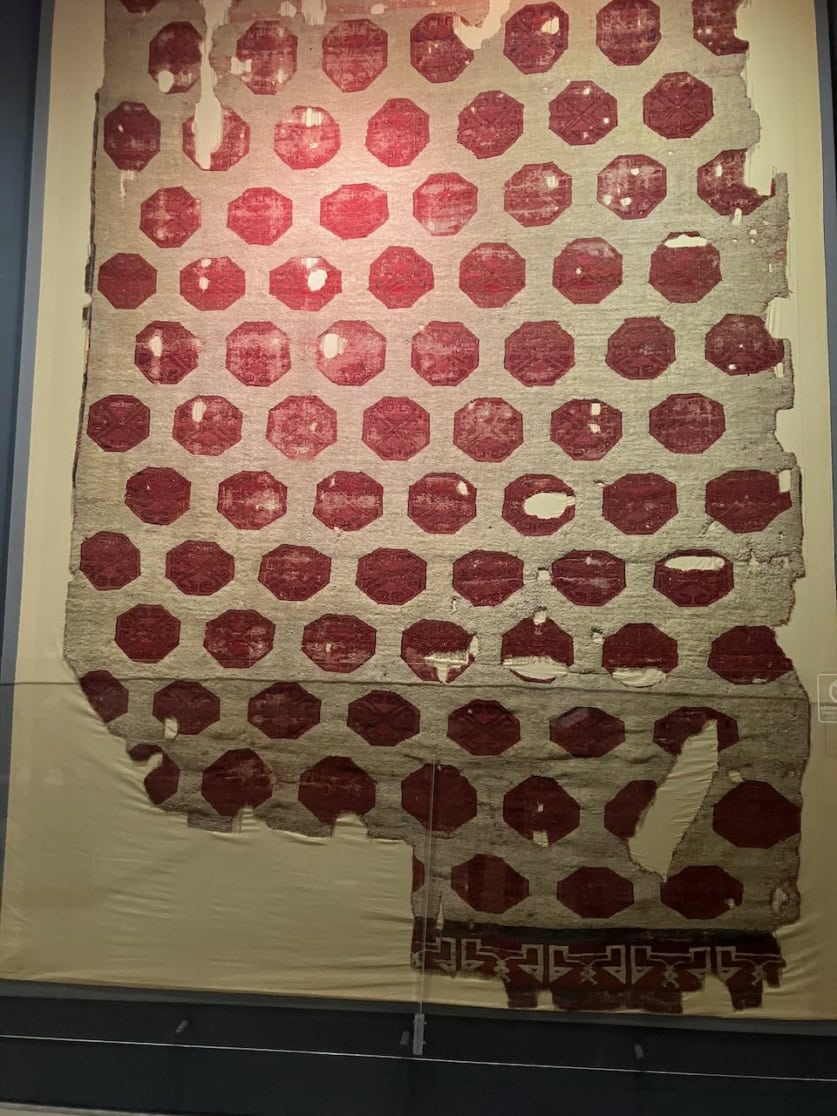
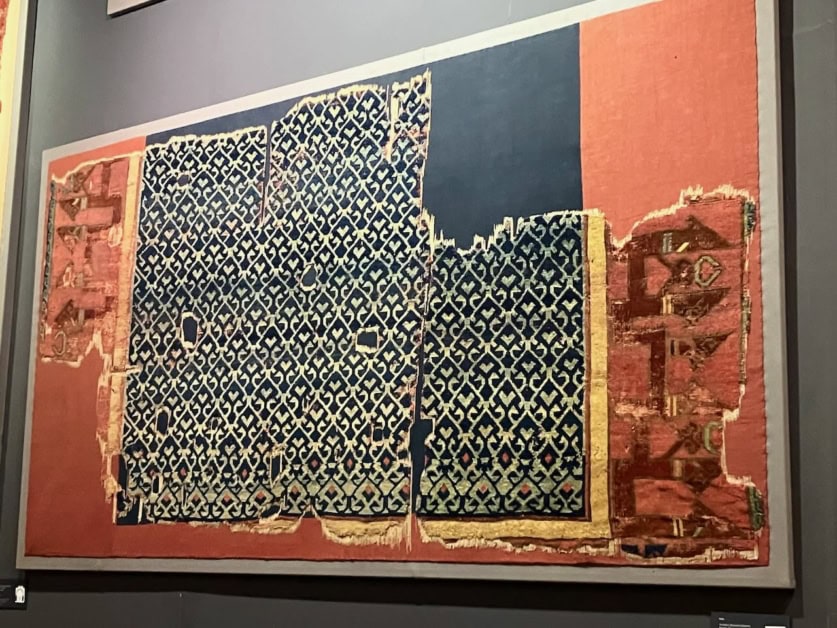
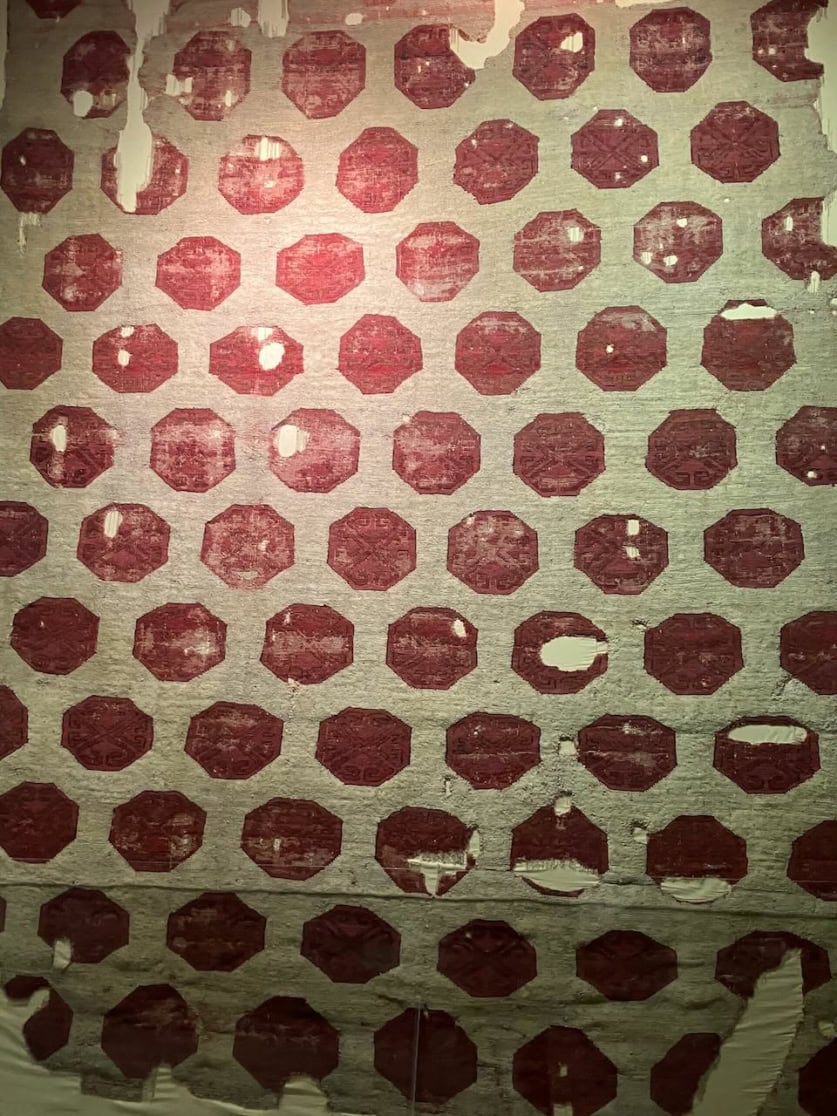
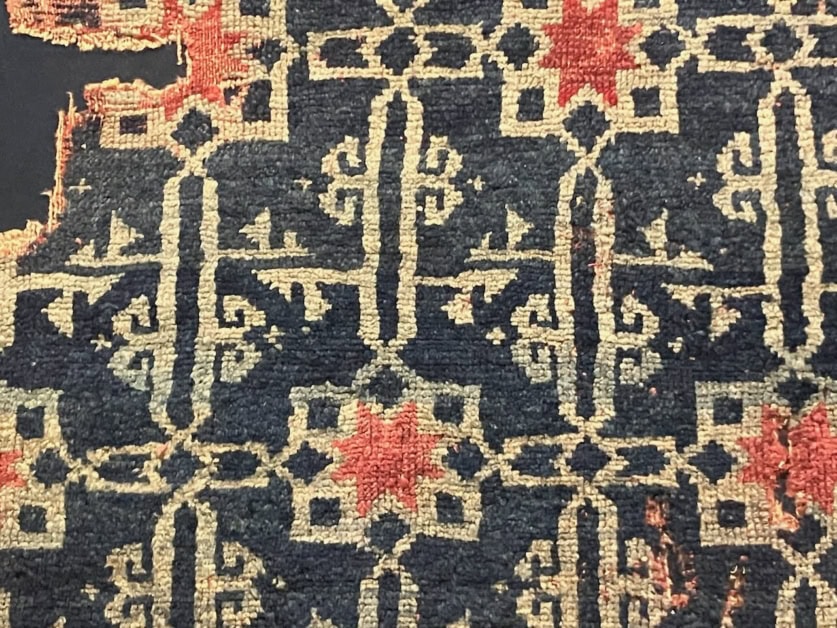
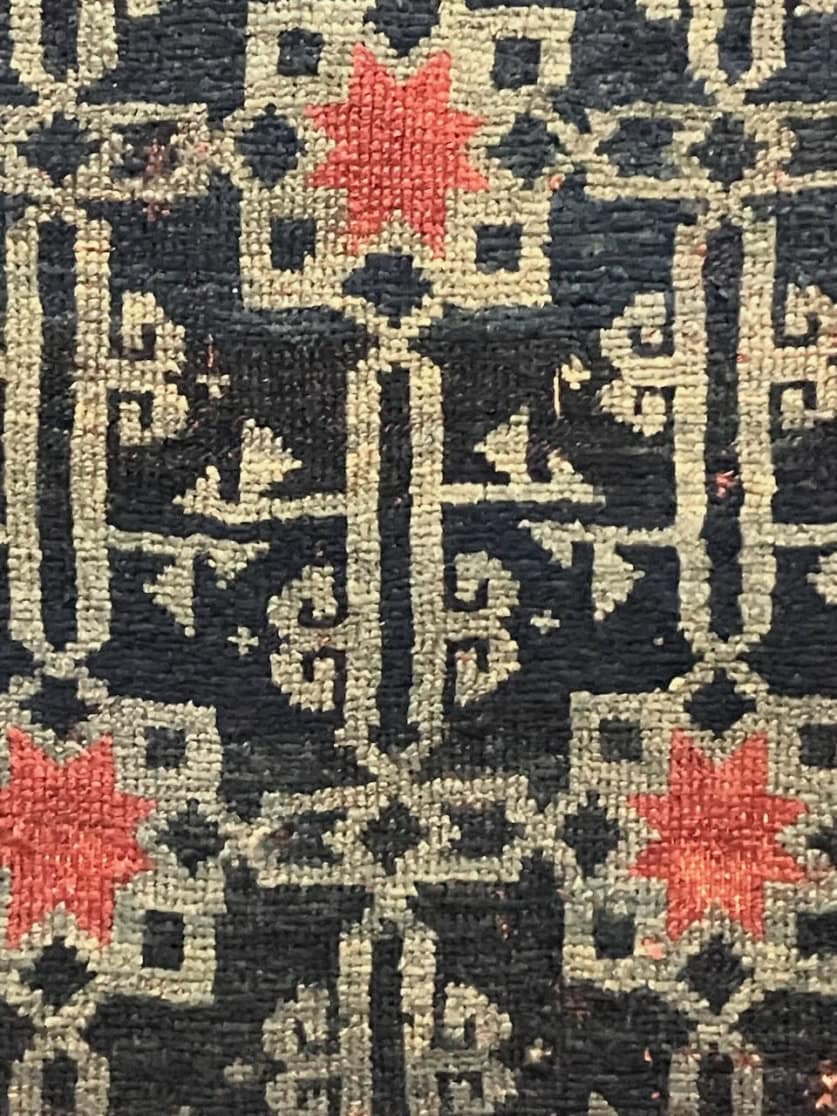
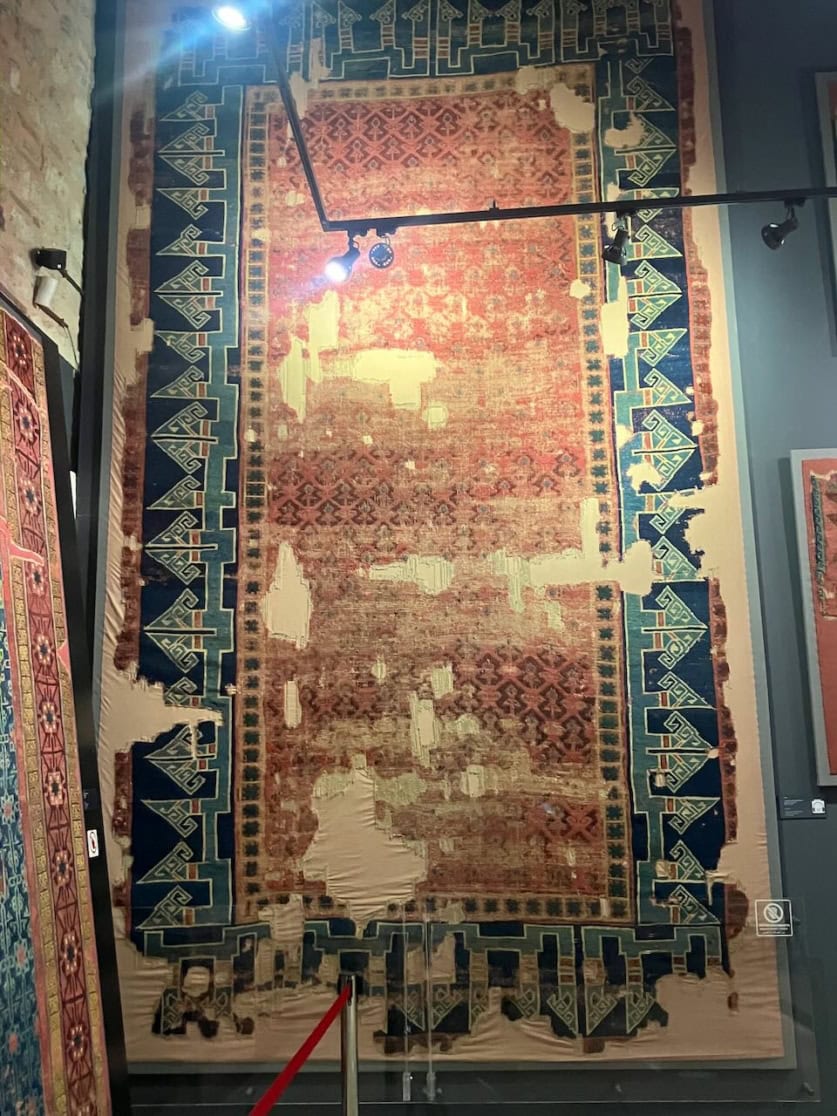
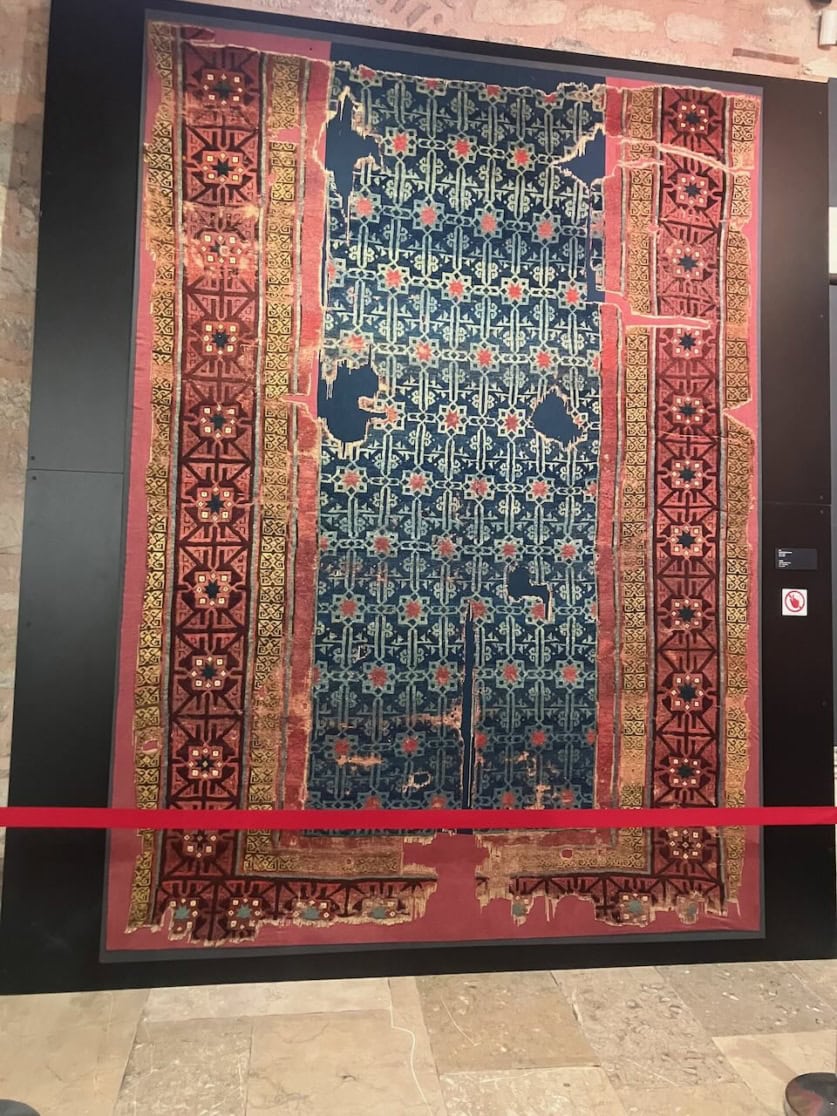
 © 2025 Nomad Rugs. All Rights Reserved.
© 2025 Nomad Rugs. All Rights Reserved.
Comments (0)